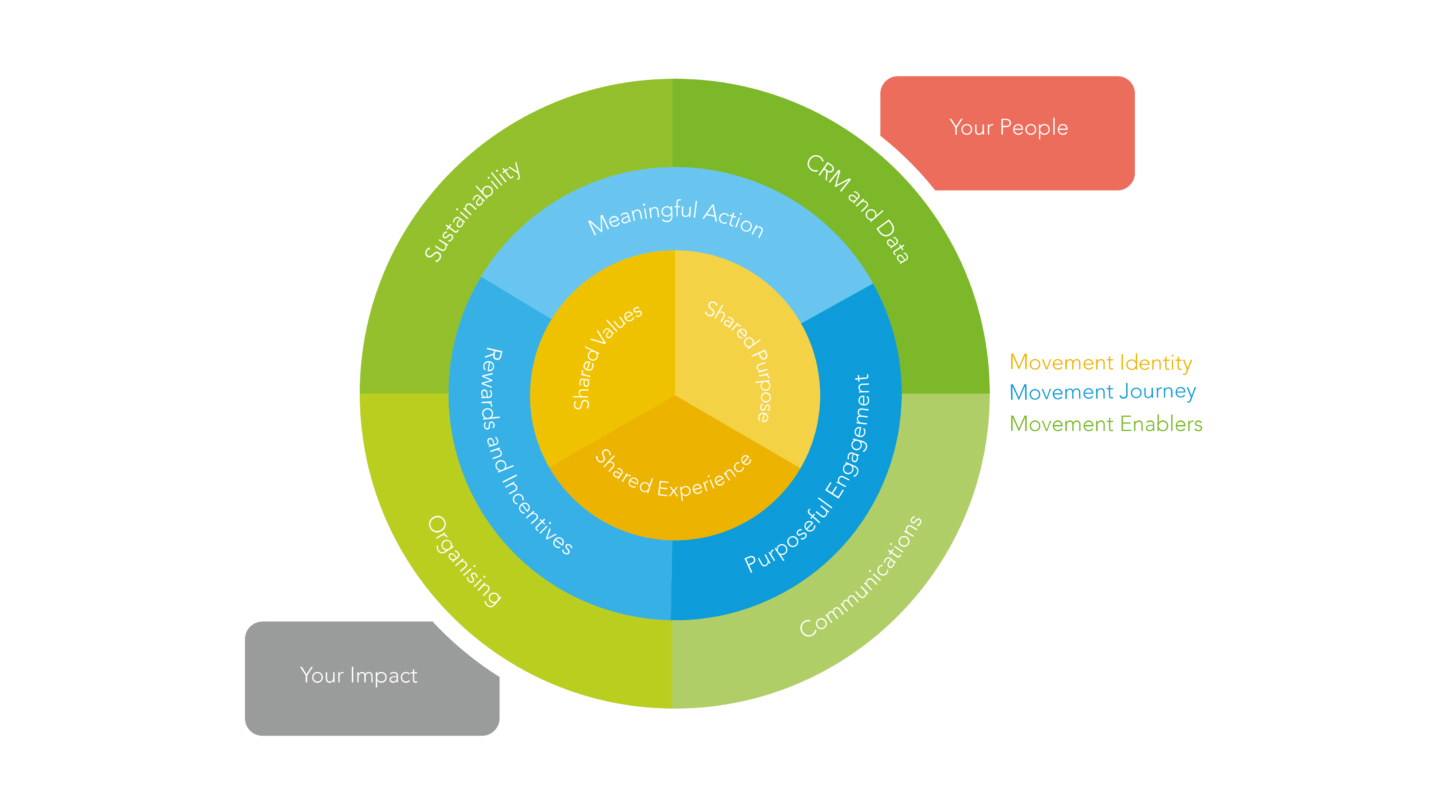How funders can help the new generation of citizen-led change

We must provide new funding and support models for the new breed of community networks and activists.
In the summer of 2015, a small group of friends in London decided they wanted to do something to alleviate the worsening situation for refugees in Europe. They started a crowdfunding campaign, with the aim of raising £1000 and filling a van with donations to take across to Calais. Within one week they had raised £56,000 and were soon receiving 7,000 items every day. Help Refugees was born.
Help Refugees is not the only example of citizens creating movements that jostle for space within public philanthropy. We live in an era of rapidly assembled, explosive social movements that are springing up locally and internationally. From Extinction Rebellion to Me Too, technology has enabled everyday citizens to organise outside of traditional ‘third sector’ spaces.
In response, funders are asking themselves how they can help sustain them, while larger charities are asking how they can either support them or build their own. The challenge comes when these institutions attempt to apply traditional paradigms of philanthropy to these new forms of citizen led-power and end up forcing a decentralised social movement to behave like an organisation. The answer lies in understanding and adapting to the golden thread that runs through these new forms of power: collective leadership.
The traditional recipe for helping citizen-led groups scale doesn’t suit these collectively managed, non-hierarchical movements. After all, how does a group with a flat structure, no single figurehead, no bank account and no address accept a grant? How does a network with a loose governance structure pass a Foundation’s charitable test?
This is a trend that will not go away, the sector owes it to these promising new movements to answer these questions. Just imagine if they had the resources they needed?
If they look for sustainability grants from trusts and foundations, they’re being forced to structure their decision making to fit into the charity sector mould
Ultimately, decentralised movements and their members face the same growing pains as any new enterprise. But they’re taking grants and support designed for charities and social enterprises, not social movements. If they look for sustainability grants from trusts and foundations, they’re being forced to structure their decision making to fit into the charity sector mould, which is counter-cultural for them and frustrating for the foundation, the charity and in some cases, statutory organisations like the NHS.
In some instances, grants are given to individuals within a group, who then shoulder the risk themselves. Aside from the risk of burnout, it can upset the power dynamic in flat, non-hierarchical collectives. All of a sudden, one person has lots more sway. Groups are rightly wary about becoming too beholden to a funder, reducing their flexibility and independence.
The administrative burdens and uncomfortable shifts in responsibility which can occur with grant giving are best summed up by Will Nicholson, a member of a growing London based Portuguese health movement, the Lambeth Portuguese Wellbeing Partnership (LPWP):
“One of the biggest challenges for us was when we received funding, and suddenly being faced a dynamic that we weren’t used to. How do you make decisions? How do you involve everyone? When you’re entrusted with a large sum of money, it’s all about accountability.”
Thankfully, there are things we can do as a sector to help movements which practise collective leadership. First of all, there are alternative ways for funders to get transparency and accountability from grantees without the need for a board of trustees and regular management accounts reviews. The focus should be on clear and transparent decision making, not necessarily traditional governance structures.
Another approach would be to enable social movements to make the most of the grants they receive but at an arms’ length from their funders’ governance. This could be achieved by placing the grant in a third-party organisation, like us at The Social Change Agency. We have worked with both LPWP and the UK Student Climate Network (UKSCN) in this way through our Nest incubation service.
“Nest has opened up avenues to different people and services that can support us and help us with some different technical aspects of setting up,” said Jake Woodier, Campaigns Officer at UKSCN. “And it has made quite a big difference in the way we’ve been able to operate. It’s taken some of the stress and pressures away from myself as the only staff member.”
Most citizen activists we have spoken to also want new, flexible funding and support which are less about traditional service delivery. They’re often looking for value-in-kind back office help, like accountancy, communication and governance. They also need wellbeing and self care support too. And ring-fencing funding for these ‘non-core’, non-programme-delivery items like wellbeing and self-care makes a massive difference in our experience. Avoiding burnout shouldn’t be an optional extra.
the sector needs to adapt to the new citizen-led collaborative leadership model
Ultimately though, we must support them in a way which keeps these networks’ collective leadership cultures intact, as it this element which has enabled their impact. So let’s forget the idea of the lone campaigner or the ‘heropreneur’. With the rise of non-hierarchical networks, the sector needs to adapt to the new citizen-led collaborative leadership model.
Photo by Sharon McCutcheon on Unsplash.
Sign up to our newsletter for more insights and news from the world of social change



